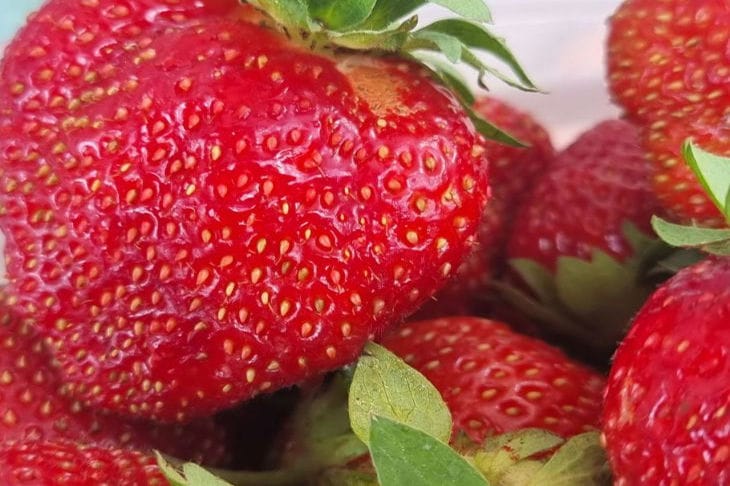Strawberries, loved by many for their bright aroma and sweet taste, can sometimes disappoint gardeners and gourmets.
It would seem that the berries are ripe and have acquired a characteristic red color, but the taste leaves much to be desired.
What influences the sweetness of strawberries and why might it not be as expected?
Factors Affecting Strawberry Sweetness
The sweetness of strawberries depends on many factors, from the choice of variety to growing conditions.
The main component responsible for the sweet taste of berries is sucrose. Its accumulation occurs during the ripening process, but this process can be affected by various external conditions.

The role of sunlight
Sunlight plays a key role in the development of strawberry flavor. Insufficient light leads to a decrease in photosynthesis, which in turn reduces the amount of sugars accumulated in the berries.
Strawberries grown in shade or cloudy weather are often less sweet than those that received ample sunlight.
Effect of temperature
Temperature conditions also significantly affect the taste of strawberries. The optimum temperature for ripening berries is 15-25°C.
At lower temperatures, the process of sugar accumulation slows down, and at too high temperatures, ripening accelerates, but the accumulation of nutrients, including sugars, decreases.
Water regime
Overwatering can lead to a "diluted" strawberry flavor. When a plant receives too much water, especially during the ripening period, the concentration of sugars in the fruit decreases.
On the other hand, moderate water stress can stimulate sugar accumulation, making berries sweeter.
Soil composition and fertilizers
Proper plant nutrition is the key to getting sweet berries. Excess nitrogen fertilizers promote rapid growth of green mass, but can negatively affect the taste of the fruit.
To form sweet strawberries, it is important to apply balanced amounts of potassium and phosphorus fertilizers.
Varietal characteristics
Not all strawberry varieties are equally sweet. Some varieties are naturally lower in sugar or more acidic.
When choosing a variety for cultivation, it is worth considering its taste characteristics and purpose - for fresh consumption or for processing.
Degree of maturity at harvest
Strawberries are a non-climacteric fruit, meaning they don't ripen after picking. If you pick them unripe, they won't get sweeter over time.
Therefore, it is very important to pick strawberries only when they are fully ripe and have accumulated the maximum amount of sugars.
Storage conditions
Even properly picked sweet strawberries can lose their flavor if stored incorrectly.
High temperatures and long storage lead to loss of sugars and deterioration of taste. Optimal conditions for preserving taste are temperatures around 0°C and high humidity.
Genetic modifications
In pursuit of yield and disease resistance, some modern strawberry varieties may be inferior to traditional ones in terms of taste.
Breeders continue to work on creating varieties that combine high productivity and excellent taste.








